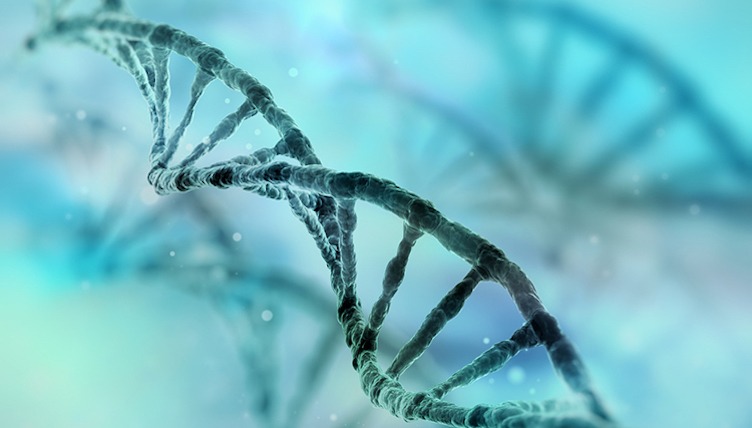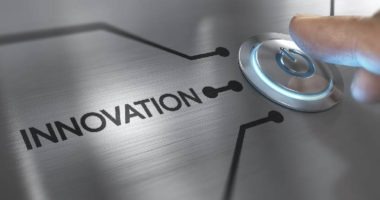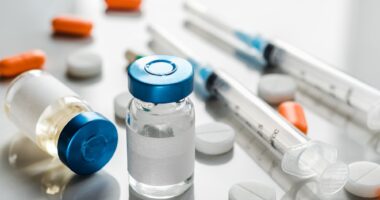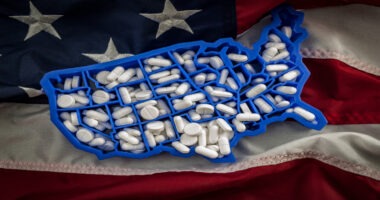European Biosimilars Market: Challenges and Opportunities
A recent report by QuintilesIMS, commissioned by the European Commission, examines the market penetration and pricing issues of biosimilars in Europe. So what did the report show?
In the 11 years since biosimilars have been approved by European regulatory authorities, there have been 28 biosimilars approved in Europe, compared to only four in the US, where a regulatory pathway lagged in development comparative to Europe. So which drugs have been approved thus far and what may the market expect to see? DCAT Value Chain Insights
Inside the European biosimilars market
The report describes the effects on price, volume, and market share following the arrival and presence of biosimilar competition in the European Economic Area (EEA), which consists of the member states of the European Union in addition to Norway, Iceland, and Liechtenstein. The first presentation of the report took place at the European Commission’s stakeholder conference on biosimilars in Brussels on May 5, 2017. The report is an updated version of the QuintilesIMS report, The Impact of Biosimilar Competition in Europe, which was first published in May 2015. The report show reduced average list prices in the EEA countries in which biosimilar competition exists for six classes of medicines: epoetin, granulocyte-colony stimulating factor (G-CSF), human growth hormone (HGH), anti-tumor necrosis factor (anti-TNF) products, fertility products, and insulins. The increased competition resulting from biosimilars entering the market affects not just the price of the biosimilars’ reference product, but also the price of the whole product class. The report notes that the price decrease can have almost as large an impact on the total market price as it has on the biosimilar/reference product price. Among the six classes of medicines examined, the largest impact in terms of price was in G-CSF products, which saw a 37% price reduction compared to the reference product, followed by epoetin (-31%), HGH (-21%), anti-TNF products (-13%), insulins (-7%), and fertility drugs (-6%).
Within these product classes, the price reductions have varied according to EEA country with epoetin and G-CSF products showing the highest price reductions. For epoetin, the three countries with the highest price reductions following biosimilar entries comparative to the reference product were: Portugal (-66%), Slovakia (-53%), and Norway (-51%), and in the G-CSF class, the largest prices decreases were in Romania (-62%), Slovakia (-61%), and Slovenia (-57%). For HGH products, the largest decreases were in Finland (-52%), Poland (-42%), and Norway (-37%), and for anti-TNF products, the largest reductions were in Sweden (-39%), Norway (-32%), and Denmark (-24%). For fertility products, the largest price reductions were in Denmark (-24%), Spain (-14%), and Sweden (-10%), and for insulins, the largest price reductions were in Finland (-18%), France (-5%), and Ireland (-35).
Market share. With regard to market share, the report shows that the correlation between biosimilar volume market share of the total market and price reduction of the total market is weak. For the six classes, high savings can be achieved even if the biosimilar market share is low. Price reduction can be achieved through price regulation interventions and/ or commercial decisions of manufacturers. “Even if the biosimilar product does not end up to be the product sold, it is likely an essential step to generate a more competitive environment, which leads to lower prices. However, in the long term, low biosimilar uptake could lead to fewer new biosimilars being developed, reducing the overall competitive pressure,” notes the report. The report notes that In order to achieve savings, there does not have to be competition with multiple biosimilars, but that such competition may be required in the long-term.
Reference product pricing and biosimilar uptake. With regard to pricing in the reference product and impact on biosimilars, for two of the therapeutic classes, anti-TNF and HGH, there is a correlation between the price reduction of referenced products (after biosimilar entry), and the biosimilar market share. In these areas, the larger the originator’s price cut on the referenced product, the less impact of biosimilars is seen. The report points out that originator competitive pricing strategies can influence the uptake of biosimilars in some areas, including whether biosimilars enter that particular market.
First to market advantage for biosimilars.The QuintilesIMS report shows that In those therapy classes where more than one biosimilar has been launched, assessing all biosimilars in each class, the first biosimilar to market usually takes the highest biosimilar market share. As with small-molecule generics, time to market for biosimilars can impact uptake in a given biosimilar class. For example, the first-to-market biosimilar in the anti-TNF class, where biosimilars for both etanercept and infliximab were considered in a country, the first biosimilar entry captured 72% of biosimilar market share compared to just 30% for the second entry and 5% for the third market entry. For epoetin, the first biosimilar entry captured 73% of the biosimilar market compared to 40% for the second entry and 22% for the third entry.
Pricing and market access. The QuintilesIMS report shows that for most classes, there is a significant increase in consumption with biosimilar competition since biosimilar entry in countries that had low starting volumes. There are also some countries which already had high usage of classes before biosimilar entry, such as Sweden with anti-TNF’s, which still showed a significant increase in consumption with biosimilar entry, specifically for this example a volume increase of 74% following biosimilar entries. Other examples showing volume increases following biosimilar entries in Western European countries include: 164% in Norway for G-CSF; 39% increase in Italy for epoetin; and 79% and 70% increases, respectively in the UK and Finland, for HGH. That being said, the report points out that there are other factors to consider other than price when evaluating markets: new indications or restriction of indications; general economic conditions imposing use restrictions; and changes in diagnosis and prevalence of disease.
Biosimilar competition and impact on product class. The QuintilesIMS analysis reports that the increased competition of biosimilars entering the market has an impact on not just the volume of the directly comparable referenced product, but also the volume of the whole product class. The total market volume uptake, however, varies significantly by product class in Europe.
Looking ahead
These issues relating to pricing, market share, and volumes also have to be considered for future biosimilar entries. The QuinitlesIMS report points to eight noteworthy biosimilars under regulatory review in Europe (as of April 2017), which include additional biosimilar entries for already approved biosimilars as well as new biosimilars: adalimumab, reference product, AbbVie’s Humira; bevacizumab, reference product, Roche’s Avastin; etanercept, reference product, Amgen’s Enbrel; insulin glargine, reference product, Sanofi’s Lantus; insulin lispro, reference product, Eli Lilly and Company’s Humalog; pegfilgrastim, reference product, Amgen’s Neulasta; rituximab, reference product, Roche’s MabThera; and trastuzumab, reference product, Roche’s Herceptin.






